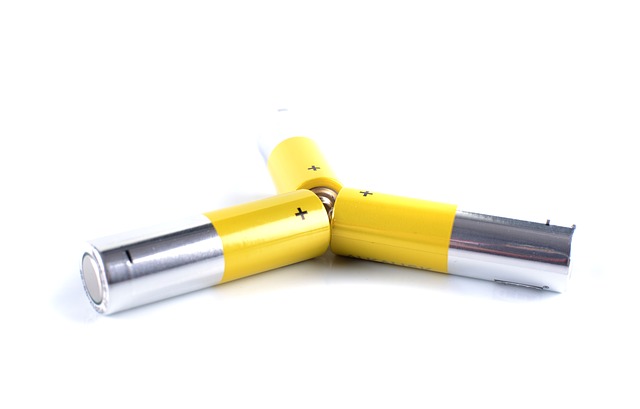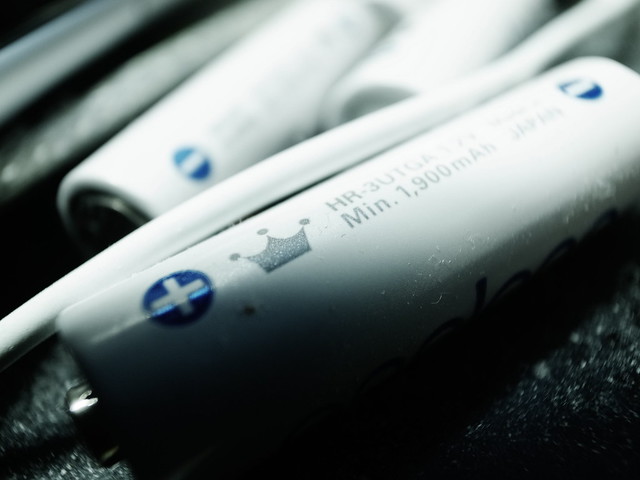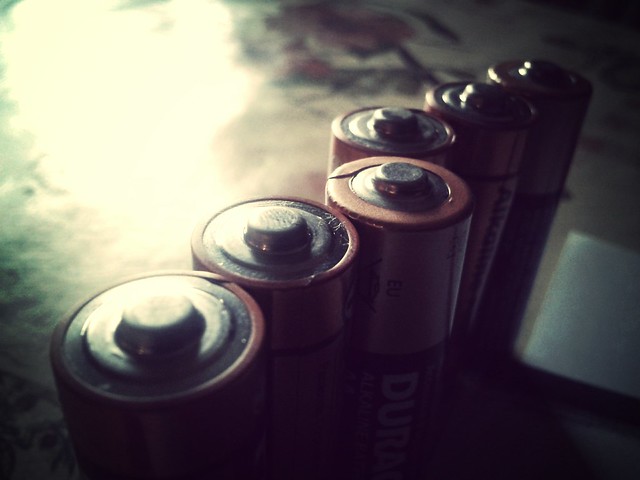Lithium-Ion Battery Production Line
Jun 17, 2019 Pageview:971
The technology of Lithium-Ion Batteries has already been projected to be the technology that will take the leap to provide stationary store solutions that will allow for the effective usage of energy sources that are renewable.
Lithium battery Technology is being utilized already for reduced power applications like consumer electronics as well as power instruments.
As a result of in-depth research and advancement, the technology has been developed to the stage whereby there is a possibility that reliable and safe lithium batteries will be on board for hybrid electric and electric vehicles as well as linked to windmills and solar cells.
Lithium-Ion Battery Production Line Equipment
The equipment or materials used in the production line of lithium-ion batteries include:
· Cathode materials
The notable cathode materials consist of:
· Lithium-metal oxides
· Olivines
· Vanadium oxides and;
· Rechargeable lithium oxides.
However, eleven, twelve layered oxides that contain nickel and Cobalt are actually the most researched materials for lithium batteries. This is because they reveal an increased balance in the high voltage range.
But, cobalt has a finite availability naturally, and it is toxic. Thus, it is a big obstacle for any mass manufacturing. For manganese, it provides a reduced cost substitution with an increased thermal threshold and good rate abilities, but it has a finite cycling habit.
Subsequently, combinations of nickel, manganese, and cobalt are frequently utilized to mix the ideal properties and reduce any form of drawback.
As for Vanadium oxide, it has a huge capacity and ideal kinetics. But, as a result of lithium extraction and insertion, this material tends to turn amorphous, and this limit cycling behavior.
· Anode materials
The materials here consist of:
· Inter-metallics or probably silicon.11
· Graphite
· Lithium alloying materials
· Lithium, etc.
Here, lithium is often regarded as the direct material being used, but it reveals problems with cycle behavior as well as dendritic growth, which makes short circuits. Also, carbonaceous anodes are the most used anodic material because of its low cost and ready availability.
But, its theoretical capacity is quite poor on 372mAh/g when compared with lithium's charge density of 3862mAh/g.
There have been efforts made with diverse novel graphite and carbon nanotubes as they have tried in increasing the capacity, but the issue is high processing cost.
Meanwhile, silicon has a very high capacity of about 4199mAh, which corresponds with a Si5Li22 composition.
· Electrolytes
Safe and long-lasting batteries deserve big electrolytes that can actively withstand all existing voltage and increased temperatures as well as long shelf life while providing increased mobility for lithium.
The types of electrolytes available are:
· Polymer
· Liquid
· Solid-state electrolytes, etc.
The decomposition of electrolyte and the high exothermic side reactions in lithium batteries can make an effect that is known as thermal runaway.
With this, the selection of an electrolyte sometimes involves a trade-off between electrochemical and flammability performance.
The electrolytes have separators that have in-built thermal shutdown mechanism and extra external exquisite thermal management systems which are joined to the battery packs and modules.
Also, ionic liquids have been placed under consideration because of their thermal balance. But, they have a core obstacle which includes the lithium dissolution out of the anode.
There are polymer electrolytes which are also ionically conductive polymers. They are sometimes mixed in composites with the ceramic nanoparticles which in turn results in increased conductivities and a resistance to extreme high voltages.
For the solid electrolytes, they are lithium-ion ceramic glasses and conductive crystals. They reveal a very poor reduced temperature performance due to the fact that the lithium mobility in the solid is significantly decreased at low temperatures.
· Separators
Battery separator actually separates the two electrodes physically from one another thereby, avoiding issues pertaining to a short circuit.
So, for a liquid electrolyte, the separator is a foam material that is usually soaked with the electrolyte and makes it stay in one place.
Thus, it needs to take on the role of an electronic insulator and simultaneously having electrolyte resistance that is minimal, high mechanical balance and a chemical resistance to degradation in the increased electro-chemically surrounding.
Additionally, the separators frequently have a feature for safety known as the thermal shutdown. When it is at temperatures that are elevated, it either melts or closes the pore in a bid to shut down the lithium transport without losing the mechanical balance.
lithium ion battery Production Line Process
On a general note, the discharge of the battery is strictly based on lithium ion diffusion which is from the anode to the cathode via the current collector. The moving mechanism is majorly based on the process of diffusion.
The process involves; delivering lithium to the top of the anode, transitioning to and diffusion via the electrolyte and transitioning to as well as diffusion into the cathode.
Note that, diffusion is actually the most limiting factor in increased current charge and discharge as well as reduced temperature performance.
Additionally, the de-intercalation and intercalation process develops a volume transformation in the electrodes materials that are active.
The way lithium battery cells are manufactured consists of the electrolytes forming from the pastes of material powders that are active, solvents, binders, additives and they are fixed to the coating machines to be spread all over recent collector foils.
These collector foils include aluminum for the cathode area and copper for the anode area.
Then, the components are stacked into separator-anode and separator-cathode stacks and it is followed by winding to the cylindrical cells, insertion in the cylindrical cases and the welding of the conducting tab.
Next, the cells are filled up with electrolyte, and the electrolyte will have to set the separator to soak it in and wet the electrodes as well. The process of soaking and wetting is the slowest phase as well as the determining factor in the speed of the production line.
After that, every other deal, insulators, and safety devices which are needed are swiftly attached and connected too. The cells are charged for the very first time and are tested as well.
Lithium-Ion Battery Automatic Production Line
Generally, the safety of the lithium battery technology is still a major concern as service life is not sufficient enough, and it is quite expensive. The batteries are manufactured on a large-scale production line that consists of:
· Electrode formation
· Stacking
· Inspection
· Packaging, and;
· Shipping processes
The batteries are needed in the sectors of optimization, material development, and processing.
To Sum It Up
There are no doubts that lithium cell chemistries provide so of the ideal alternatives for electric energy storage for increased energy applications and high power like stationery and transportation storage as a result of their electrochemical prospects, energy density, and theoretical capacity.
- Prev Article: Lithium-Ion Battery Consumer Electronics
- Next Article: How To Jumpstart A Dead Lithium Ion Battery?
Leave Message
Hottest Categories
-
Hottest Industry News
-
Latest Industry News












